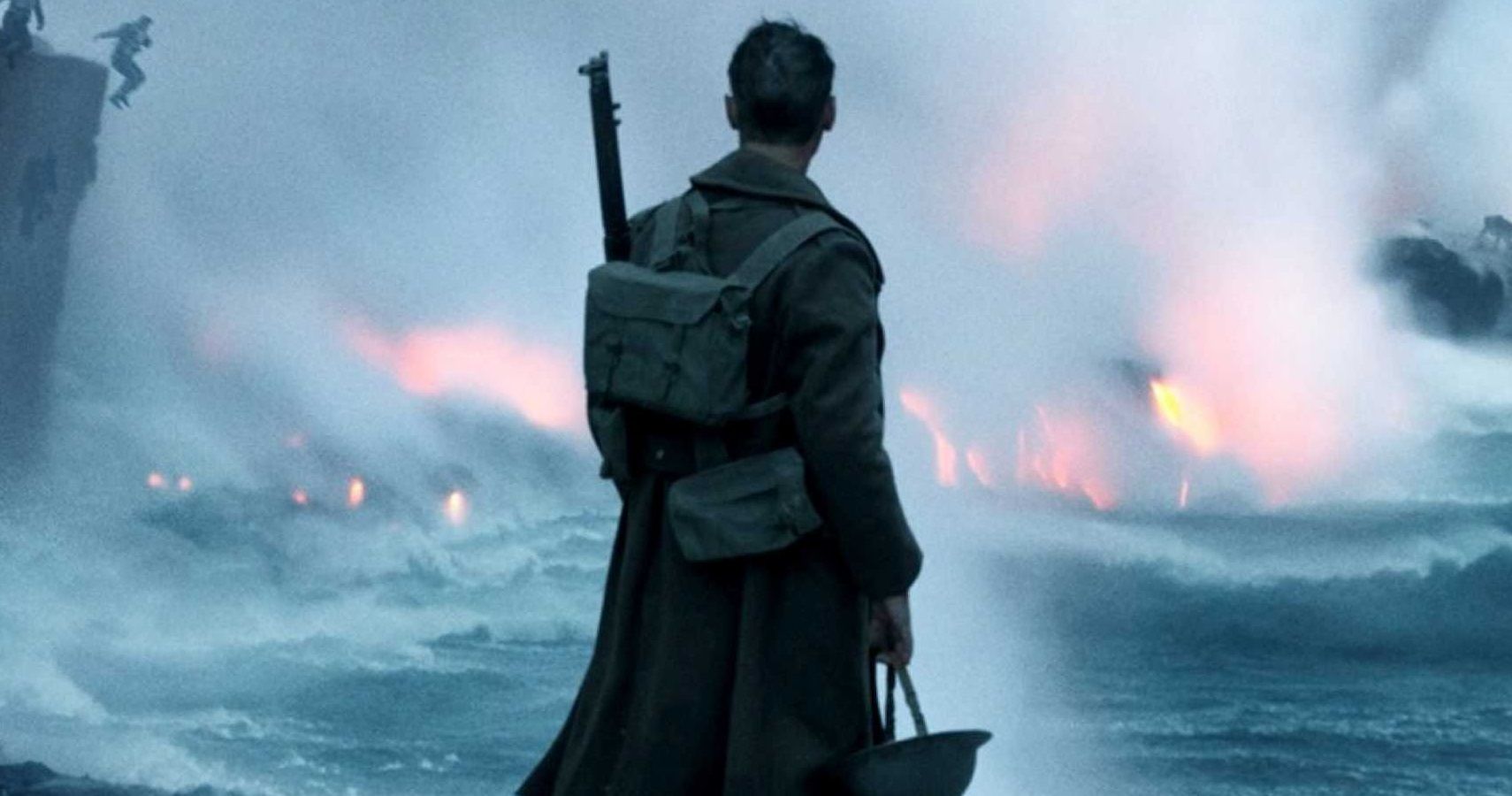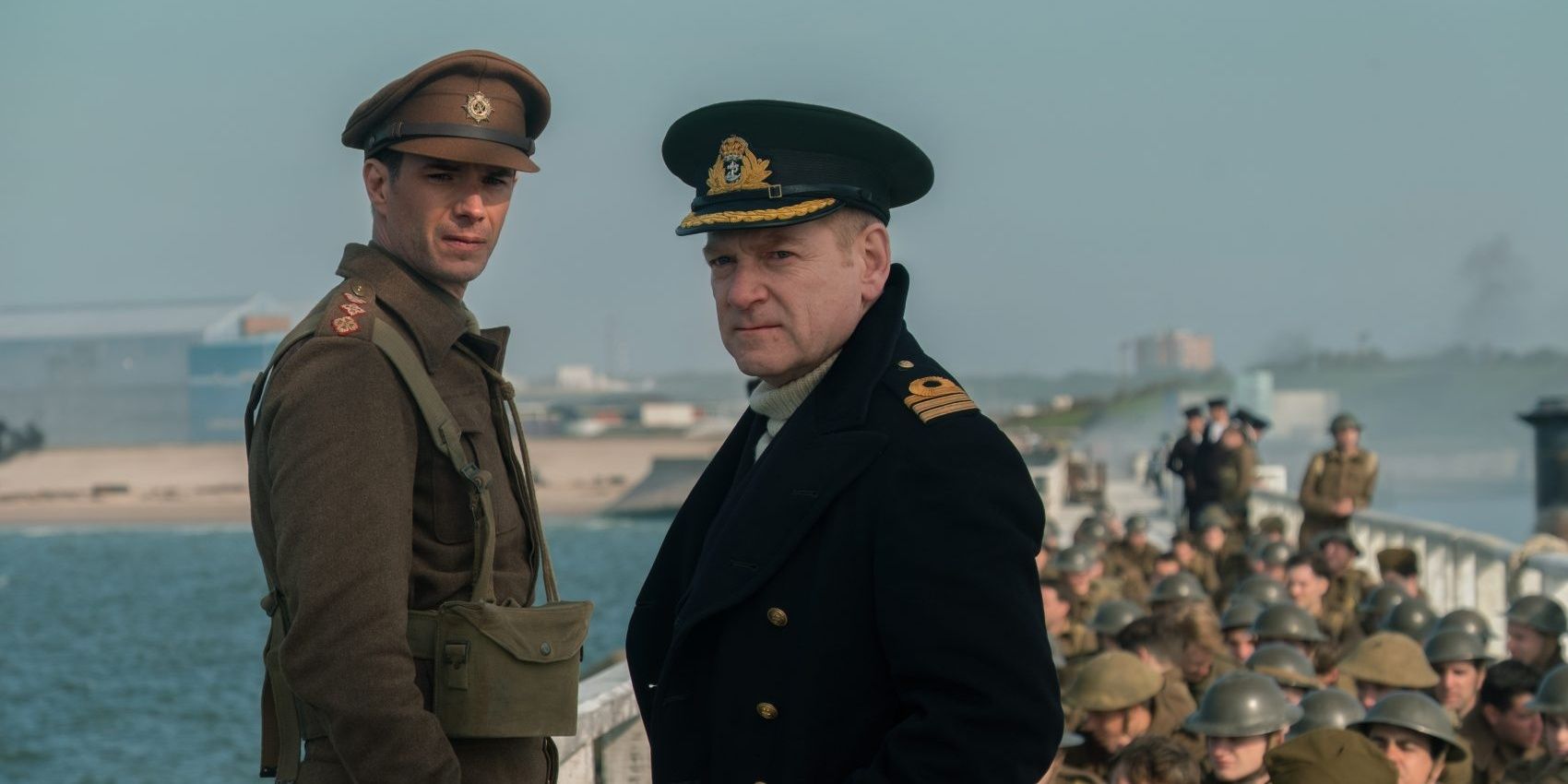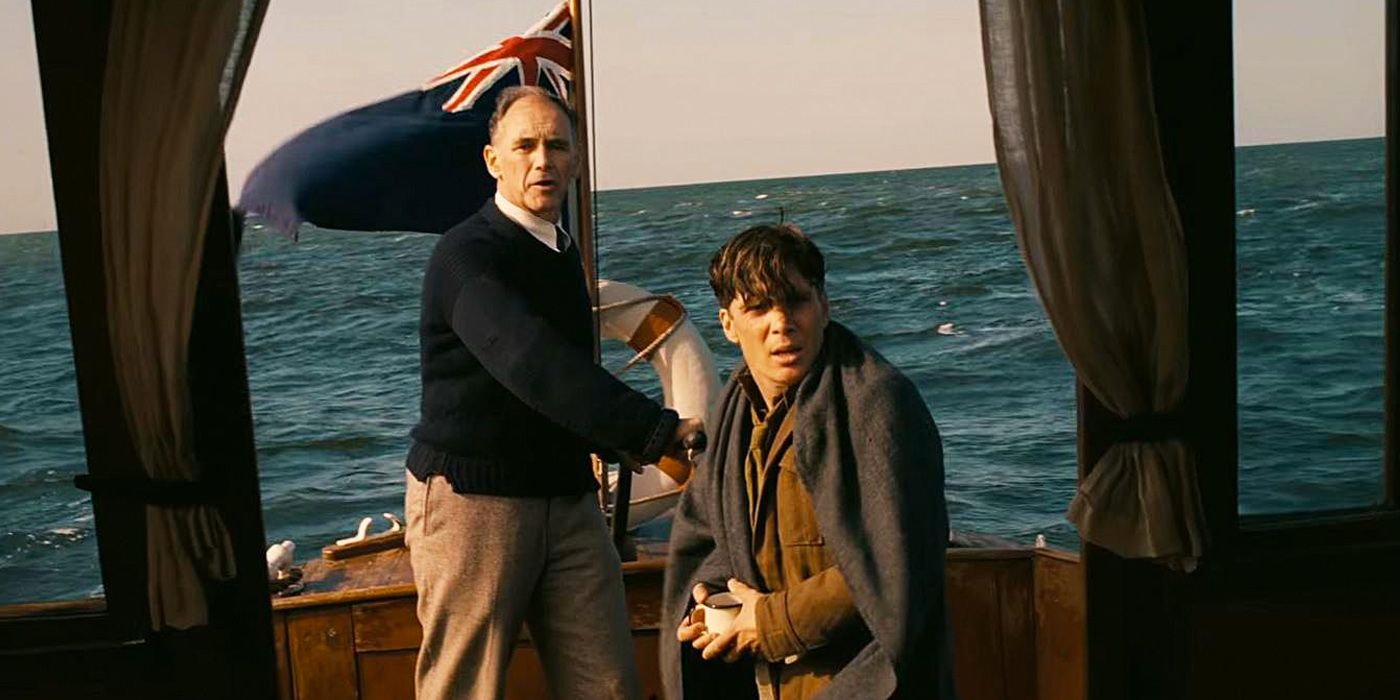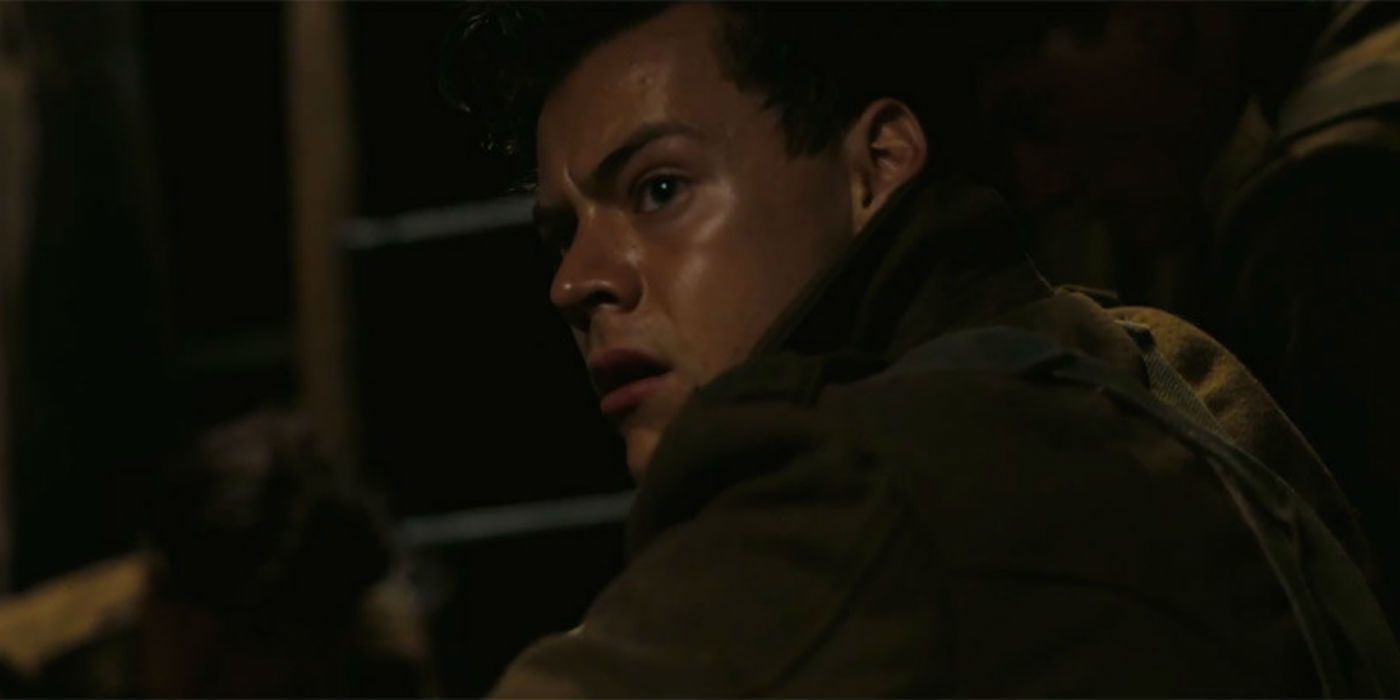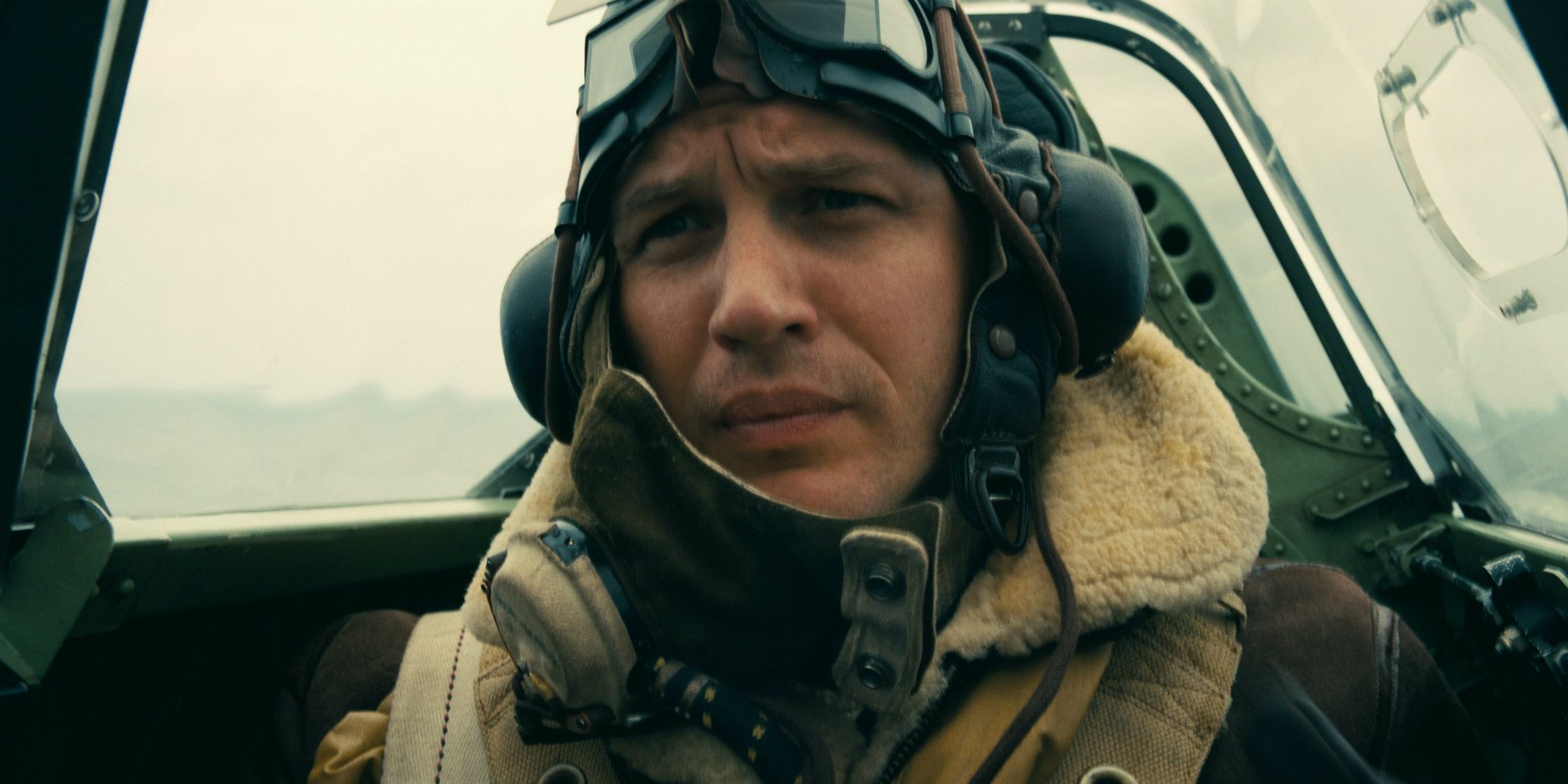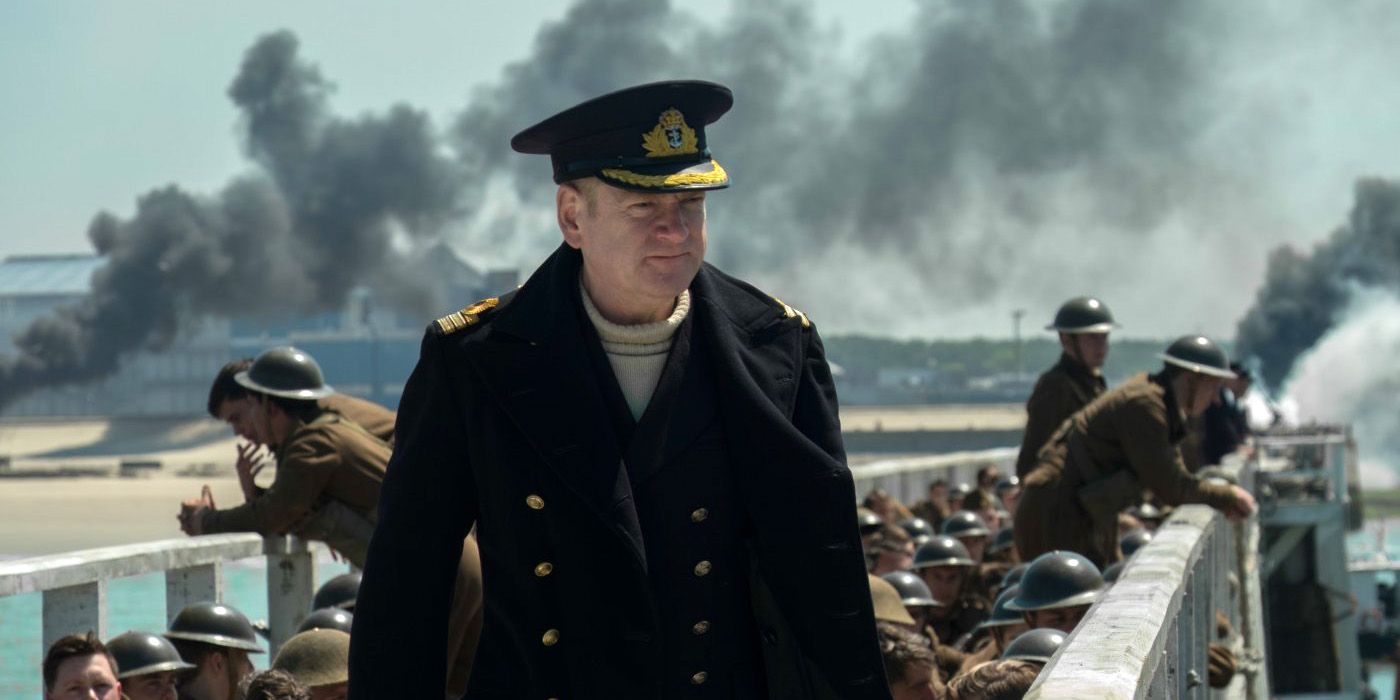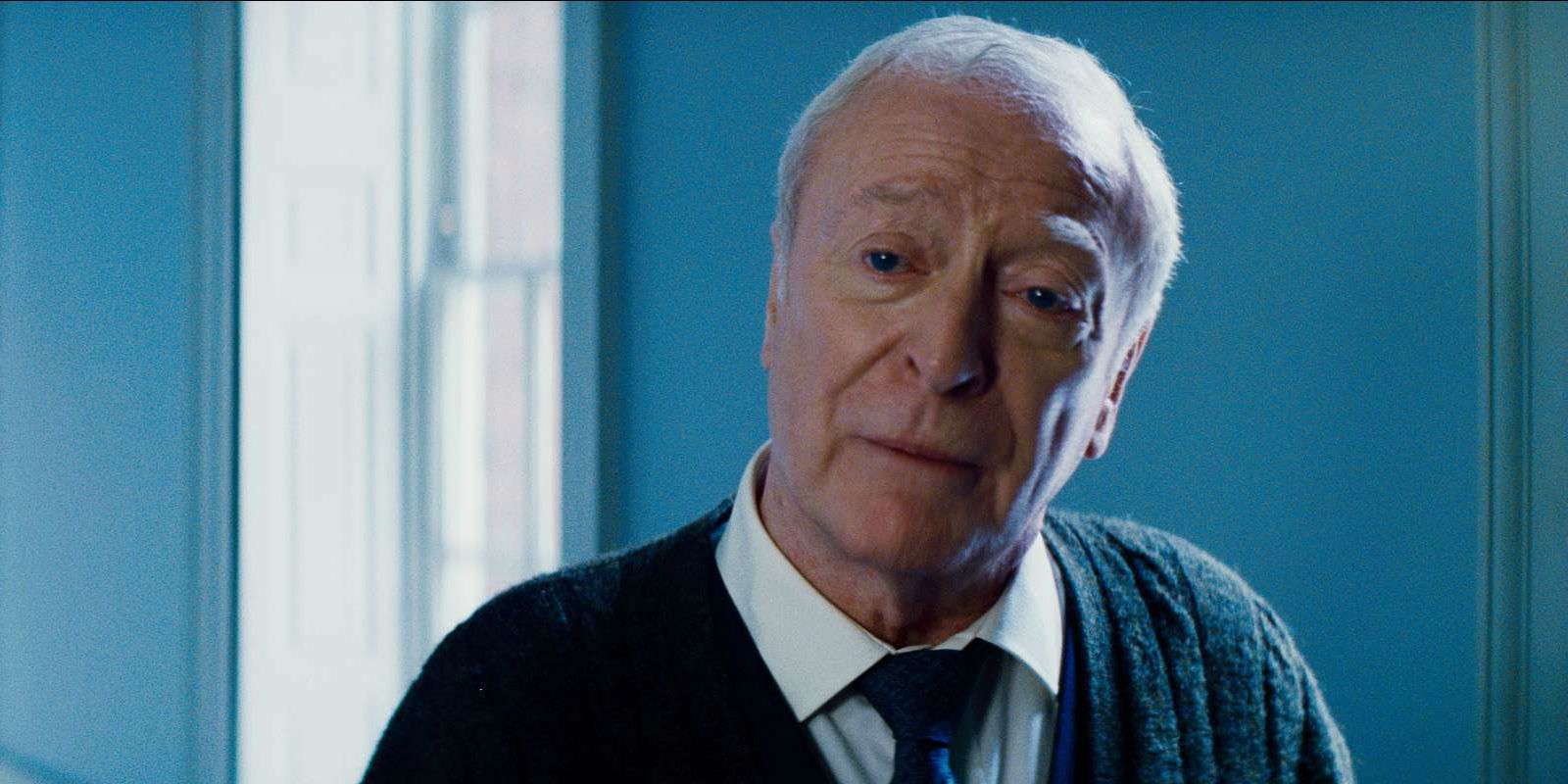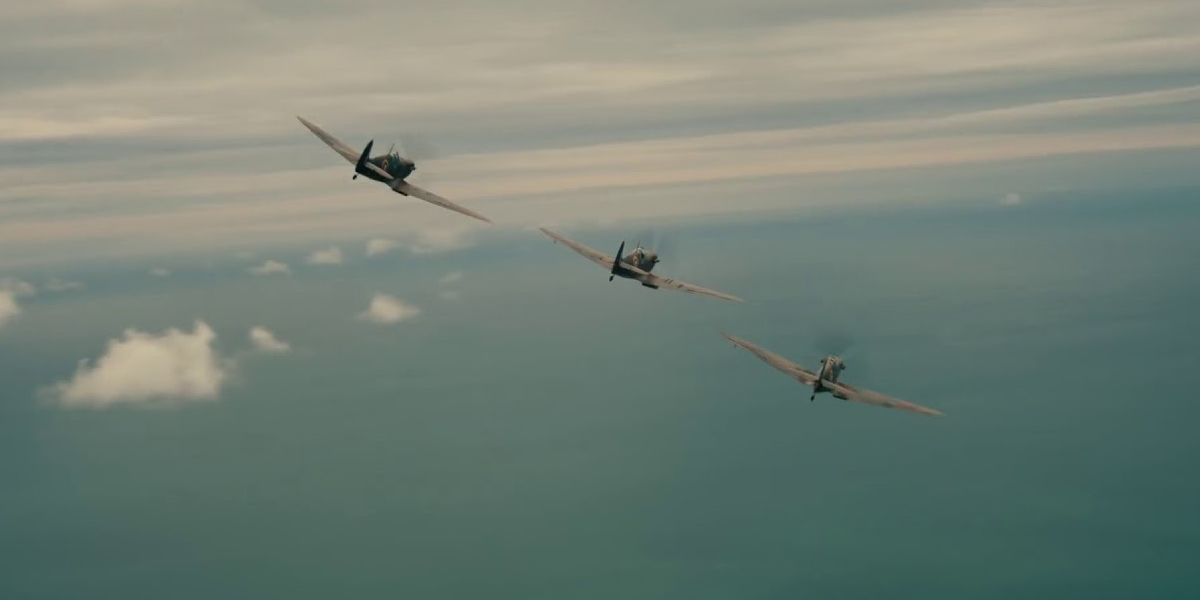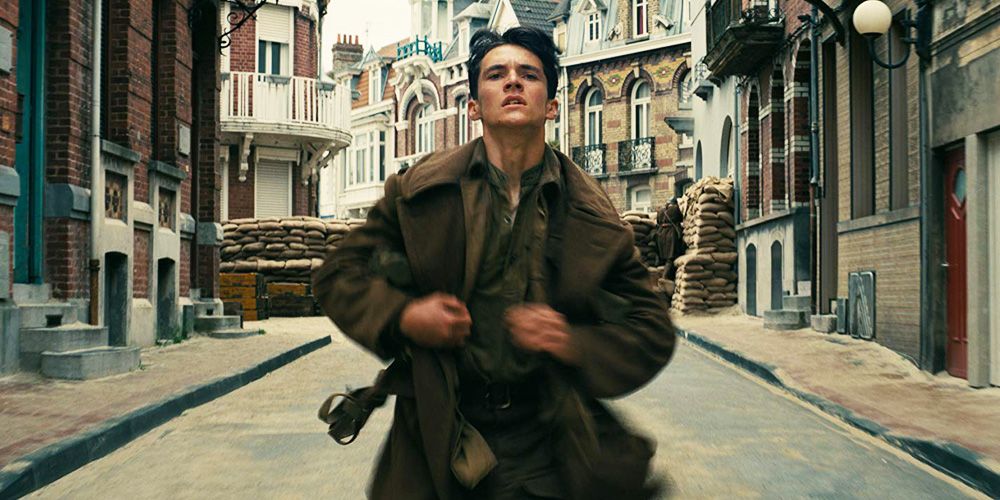Christopher Nolan’s Dunkirk is a rarity for a Hollywood war movie because the operation it’s based on – the 1940 evacuation of Dunkirk – didn’t involve American forces and it was a defeat for the Allies. But if anything, that made it more of a cinematic testament to the spirit and brotherhood of soldiers, because it wasn’t about a political victory; it was purely about pulling together in a bid for survival.
Told from three different perspectives (land, air, and sea), Dunkirk is one of the most visceral, exhilarating, and beautifully crafted war movies in recent memory. Here are 10 behind-the-scenes facts about Christopher Nolan’s Dunkirk.
The Idea Was Rattling Around Christopher Nolan’s Head Since 1992
Although it wouldn’t hit theaters until 2017, Christopher Nolan got the idea to make a movie about the evacuation of Dunkirk in 1992. He sailed to Dunkirk with his then-girlfriend (and later wife and producing partner) Emma Thomas and decided to make a movie about Operation Dynamo.
However, he wanted to hold off until he had more experience making big-budget films. Dunkirk was Nolan’s first movie to be based on real-life events. All of his previous movies had been original stories, remakes, literary adaptations, or comic book adaptations.
The Premiere Was Attended By Actual Dunkirk Survivors
According to Kenneth Branagh, approximately 30 survivors from the actual evacuation of Dunkirk attended the premiere of the film in London. At the time, they were in their mid-90s, and after the film was over, they were asked about its realism.
They said that Christopher Nolan’s movie accurately depicted the events of the evacuation, but added that Hans Zimmer’s score was louder than the actual military bombardment, which Nolan thought was amusing.
Christopher Nolan Originally Wanted To Make The Film Without A Script
At less than two hours, Dunkirk is unusually short for a Christopher Nolan film. His script was 76 pages long – a lot shorter than the average length of a feature film screenplay (approximately 120 pages) – and when he first conceived the project, he didn’t want to use a script at all.
The initial plan was to simply restage the Dunkirk evacuation with cameras set up to capture it. All the dialogue would’ve been improvised. On another interesting note, Dunkirk was Nolan’s fifth movie to end with a character delivering a monologue over a closing montage.
Harry Styles’ Audition Genuinely Impressed Christopher Nolan
It would be easy to dismiss Harry Styles’ casting in Dunkirk as a marketing tool, but his audition genuinely impressed Christopher Nolan. The director claims that he auditioned thousands of young men, and Styles’ audition was the one that stood out.
Nolan compared the backlash to Styles’ casting to the initial backlash to his casting of Heath Ledger as the Joker in The Dark Knight. Due to all the attention he received on the set of Dunkirk, Styles hired a personal bodyguard for the production.
The Ticking Sound In Hans Zimmer’s Score Is From Christopher Nolan’s Own Pocket Watch
Hans Zimmer initially wrote Dunkirk’s score as a single piece, which had never been done before. It was an hour and 40 minutes long. For practicality, this one piece was later broken up into a few different tracks, but they’re all connected by the sound of a ticking clock.
This ticking sound was taken from one of Christopher Nolan’s own pocket watches. Synthesizers were added to the ticking in order to distort it for various different points in the movie, but the base sound came from Nolan’s pocket watch.
Dunkirk Was One Of Four 2010s Movies To Be Shot On 65mm
There were four major movie releases in the 2010s that were shot on 65mm and released in 70mm. The first was The Master, Paul Thomas Anderson’s veiled critique of the Church of Scientology, in 2012. The second was The Hateful Eight, Quentin Tarantino’s claustrophobic revisionist western whodunit, in 2015.
The third was Dunkirk in 2017, and the fourth was Murder on the Orient Express, also in 2017, coincidentally directed by Dunkirk actor Kenneth Branagh (although that movie’s 70mm release was more limited than the other three).
Christopher Nolan Wrote The Script To Work In Tandem With The Sound Design
One of the most cinematic aspects of Dunkirk is its intense sound design. Christopher Nolan used a Shepard tone – a tone in which hidden loops make ascending notes sound like they’re rising in pitch continuously – as the backbone of the film’s sound design.
He then decided to use the principle of the Shepard tone in the writing process. As he cut between the three parallel story threads, he wanted each scene to build on the suspense and anxiety. So, when one storyline peaked, he’d cut to one that still had some tension-building to go.
Michael Caine Has An Uncredited Cameo
If Christopher Nolan can find a role for Michael Caine, he’ll give it to him. He played significant roles in The Dark Knight trilogy, Inception, Interstellar, and The Prestige, and he’s also due to show up in Nolan’s upcoming action thriller Tenet.
Caine didn’t have a major role in Dunkirk, but he did make an uncredited cameo appearance as the voice of Fortis Leader. This was a nod to the actor’s role in Guy Hamilton’s 1969 WWII classic Battle of Britain.
The Movie Featured As Many Practical Effects As Possible
As with all of Christopher Nolan’s movies, Dunkirk featured as many practical effects as possible. Some CGI was needed to smooth over the rough edges of the special effects shots, but if it could be done practically, Nolan did it practically.
This included hiring thousands of extras, sourcing actual ships that were used in the war, and staging real dogfights with IMAX cameras mounted in the planes.
Christopher Nolan Cast Unknown Actors To Show How Young The Soldiers Were
When Christopher Nolan was first researching the evacuation of Dunkirk, what stood out to him was how young and inexperienced the soldiers on the beaches were. So, he decided to cast young, unknown actors in the beach sequences.
Older, more experienced troops were played by Cillian Murphy and Tom Hardy, but on the beaches, actors like Fionn Whitehead were used to show that the soldiers being evacuated were just kids.

